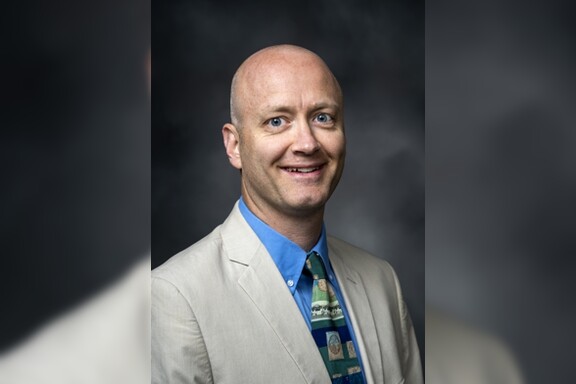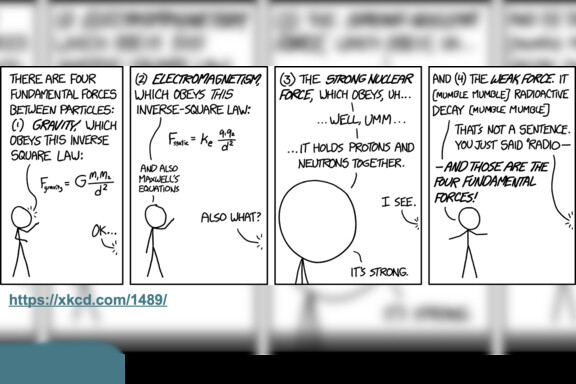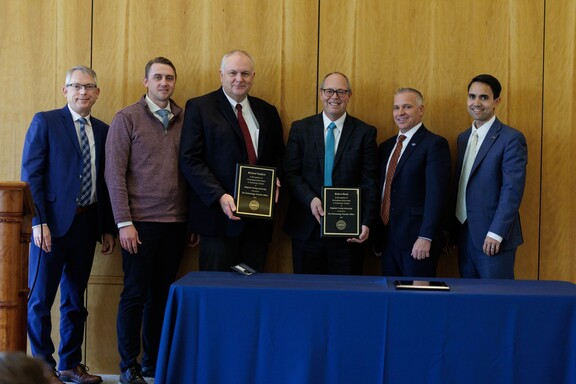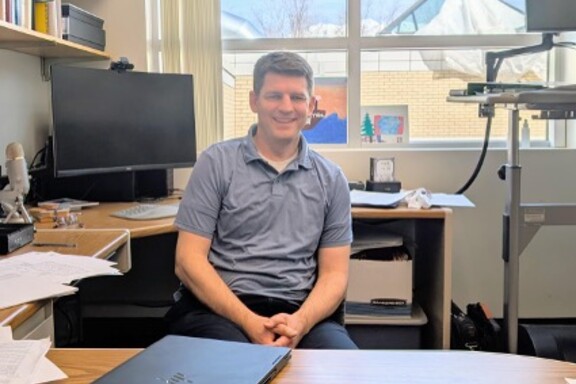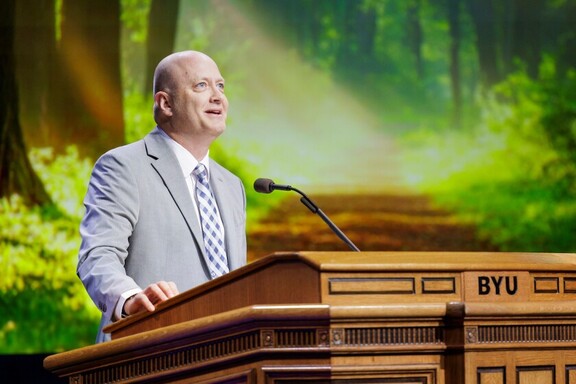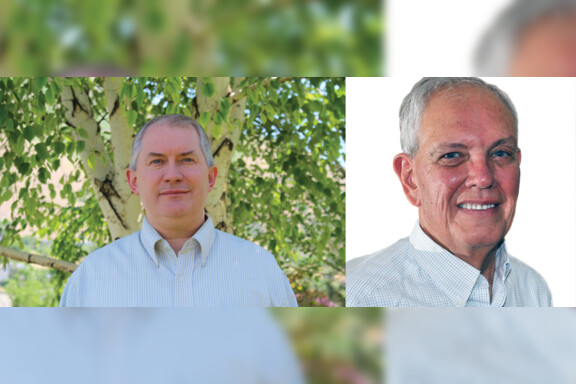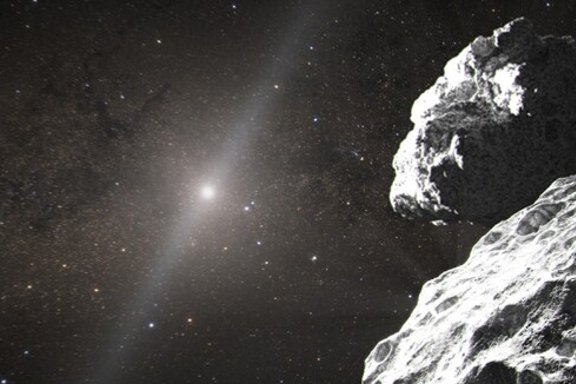Nobody loves the noise that fighter jets make. That's what Alan Wall is attempting to reduce.
As an undergraduate at Utah State, Wall overheard a professor mention that 3-D holograms could be constructed from anything made of waves, including light and sound. “I was intrigued by the idea, so I did some online searching and found ‘sound images’ of vehicles and machinery,” Wall said. He went on to receive a bachelor's in physics at Utah State University (2008) and a PhD in physics at BYU (2013). While at BYU, Wall made acoustical holograms of jets with Dr. Kent Gee.
“We measured the sound field in two dim- ensions near a fighter jet,” Wall said. “Then we used a knowledge of the physics of sound waves to reconstruct or visualize the sound field in three dimensions.”
His experience has led him to his current job at the Air Force Research Laboratory (AFRL) near Dayton, Ohio in the Battlespace Acoustics Branch.
“I now support the Air Force mission to protect the hearing of its personnel and reduce community noise problems that arise near air bases,” Wall said. “I am also working to turn my acoustical holography capability into an engineering tool in order to measure and reduce noise on the next generation of aircraft engines.”
Wall is thankful for the time he got to spend studying acoustics and physics at BYU, and attributes that education to much of his success. “The classes I took prepared me with the understanding of physical principles and the ability to apply them,” Wall said. “Most every day I am using the equations I derived and memorized during my acoustics courses, as well as the data analysis techniques I learned in my PhD research.”
Wall still studies the physics of sound and reads articles on jet noise, but he also gets to see physics in action.
“I apply my understanding of sound wave phenomena to investigate how various sound sources produce sound waves, how those waves travel through the air, and how they affect the people listening to them,” he said.
Even though he has worked with acoustics for many years, Wall still gets a thrill every time he works with an actual fighter aircraft. “No description can convey the overwhelming feeling of standing 75 feet from an F-22 as it revs its engines from idle up through full afterburner while tied down to a thrust pad,” Wall said. “The physical effect of the sound waves blasting through your body is something I wish everyone could experience at least once, while wearing double hearing protection, of course.”
Wall also finds it rewarding when he discovers a new way to solve a problem or investigate a physical principle of jet noise.
“I get on my computer and try something, struggle with the programming a bit, and then finally it works, and I have learned something new,” Wall said. “In these moments I can't wait to show to someone else, and share in some new physical insight.”
Physics extends far beyond the lab; it plays a key role into protecting our troops and our freedom.
Interview in 2015
News and Events
